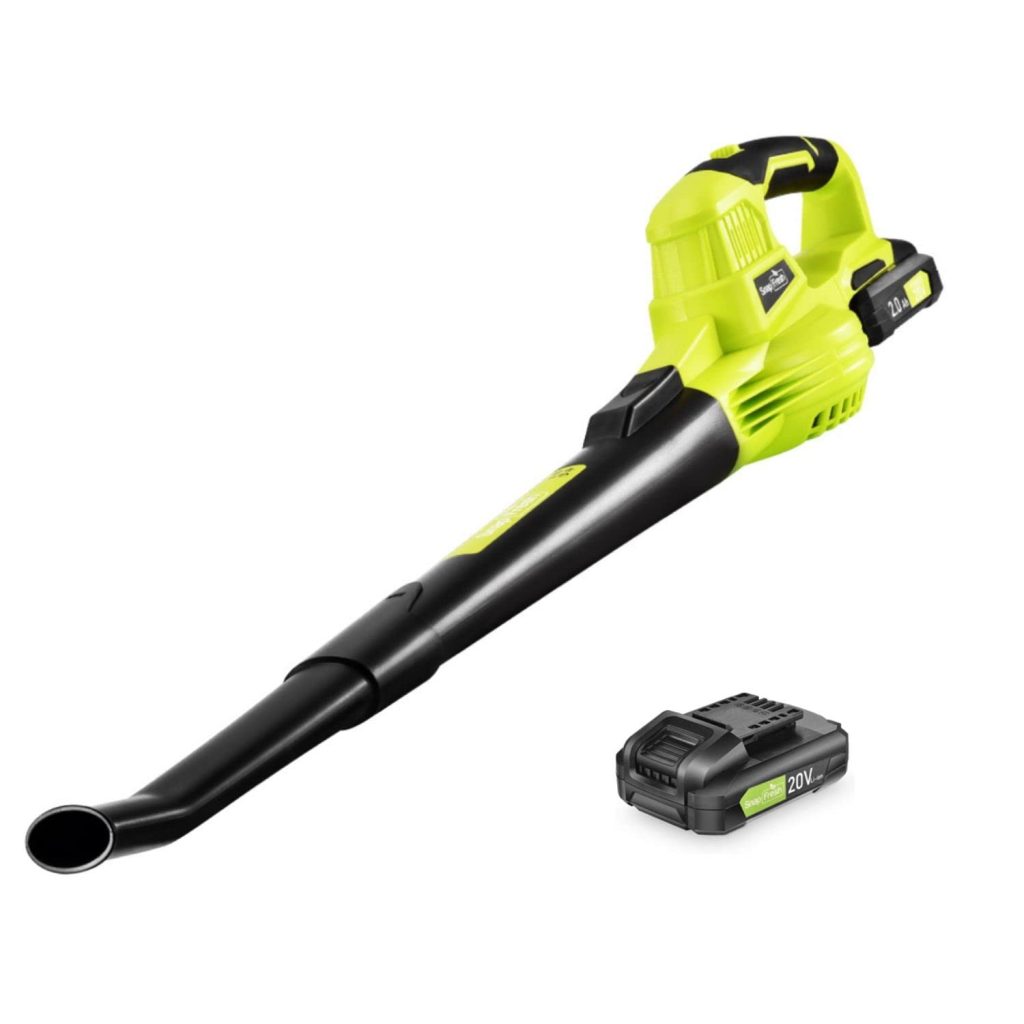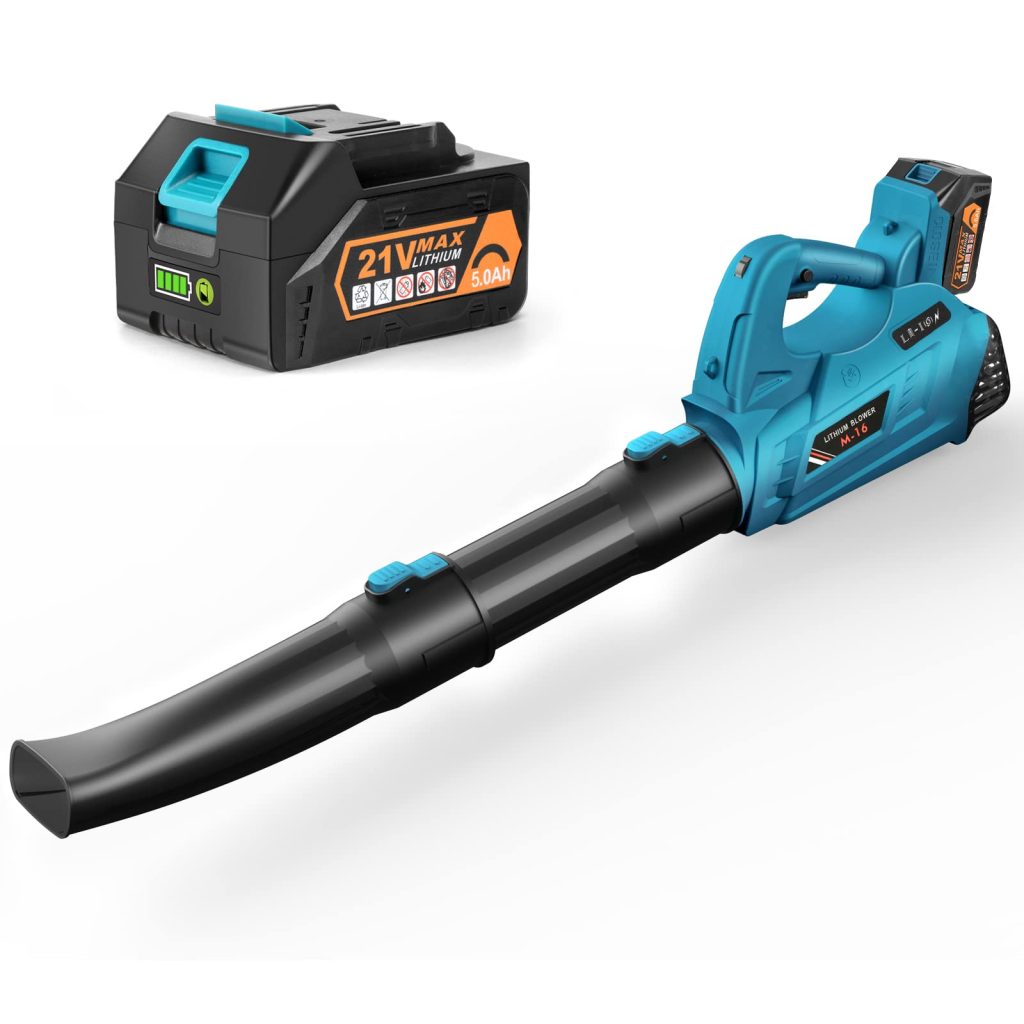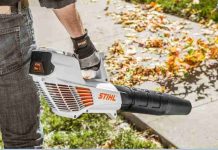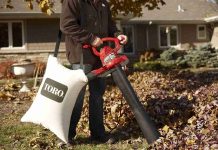Have you ever wondered how long it takes for a battery to charge for a leaf blower? Well, we’ve got the answer you’re looking for. In this article, we’ll be exploring the average charging time for leaf blower batteries, giving you a better understanding of how quickly you can get back to clearing those pesky leaves from your yard. Whether you’re a seasoned leaf blower user or new to the game, stick around to find out all you need to know about battery charging times for this handy outdoor tool.
This image is property of Amazon.com.
Factors Affecting Charging Time
Charging time for a leaf blower battery can vary depending on several factors. Understanding these factors is important in order to effectively plan for charging the battery and ensure that it is ready when needed. The three key factors that affect the charging time of a leaf blower battery are battery capacity, charger type, and power output of the charger.
Battery Capacity
Understanding Battery Capacity
Battery capacity refers to the amount of energy that a battery can store. It is typically measured in ampere-hours (Ah). The higher the battery capacity, the longer it will take to charge. This is because a larger capacity battery requires a greater amount of energy to fully charge.
Effect on Charging Time
The battery capacity directly affects the charging time of a leaf blower battery. A battery with a higher capacity will take longer to charge compared to a battery with a lower capacity. For example, a battery with a capacity of 4 Ah will take longer to charge than a battery with a capacity of 2 Ah, assuming all other factors remain constant.
Charger Type
Standard Chargers
Standard chargers are the most common type of chargers that come with leaf blowers. These chargers typically provide a lower charging current, resulting in a longer charging time. While they are effective for overnight charging or when time is not a constraint, they may not be ideal when quick charging is required.
Rapid Chargers
Rapid chargers, as the name suggests, are designed to charge the battery at a faster rate compared to standard chargers. They provide a higher charging current, allowing the battery to charge more quickly. However, it is important to note that rapid charging can often lead to increased battery heat generation, which may reduce the overall lifespan of the battery if used frequently.
Smart Chargers
Smart chargers are chargers that use advanced technology to monitor and control the charging process. They are capable of adjusting the charging current based on the battery’s requirements, ensuring optimum charging without overcharging or overheating. Smart chargers are generally more expensive than standard or rapid chargers, but they offer the advantage of faster charging times while also extending the battery’s lifespan.
Power Output of the Charger
Voltage
The voltage output of the charger is an important factor to consider when it comes to charging time. The charger must provide the correct voltage for the battery to charge efficiently. Using a charger with a lower voltage than required can result in a significantly longer charging time, while using a charger with a higher voltage may damage the battery.
Amperage
Amperage, or charging current, refers to the amount of electrical current that flows from the charger to the battery during the charging process. Higher amperage chargers can deliver more current to the battery, resulting in a faster charging time. However, it is crucial to ensure that the charger’s amperage is compatible with the battery’s specifications to prevent any damage.
This image is property of Amazon.com.
Battery Charging Time for Different Leaf Blowers
The charging time for a leaf blower battery can vary depending on its capacity and the charger being used. Let’s take a look at a few examples of leaf blowers and their corresponding charging times:
Example 1: Leaf Blower A
Battery Capacity: 2 Ah
Charger Type: Standard Charger
Charging Time: Approximately 4-6 hours
Example 2: Leaf Blower B
Battery Capacity: 4 Ah
Charger Type: Rapid Charger
Charging Time: Approximately 2-3 hours
Example 3: Leaf Blower C
Battery Capacity: 6 Ah
Charger Type: Smart Charger
Charging Time: Approximately 1-2 hours
Please note that these charging times are approximate and can vary based on various factors such as the battery’s current charge level and the charging conditions.
Tips to Reduce Charging Time
If you are looking to reduce the charging time for your leaf blower battery, here are a few tips to consider:
Purchase a Higher Capacity Battery
Investing in a battery with a larger capacity can significantly reduce the charging time. This is because higher capacity batteries can store more energy, allowing them to power the leaf blower for a longer time before needing to be recharged.
Invest in a Rapid Charger
Consider purchasing a rapid charger if quick charging is important to you. Rapid chargers provide a higher charging current, enabling the battery to charge at a faster rate. However, as mentioned earlier, frequent use of rapid chargers may lead to increased battery heat generation, which could impact the battery’s lifespan.
Optimize Charging Conditions
Creating optimal charging conditions can also help reduce charging time. Ensure that the charging area is well-ventilated to dissipate any heat generated during the charging process. Avoid charging the battery in extreme temperatures, as this can affect the charging efficiency. Additionally, follow the manufacturer’s instructions regarding charging times and procedures for best results.
This image is property of Amazon.com.
Conclusion
Charging time for a leaf blower battery can be influenced by various factors, including battery capacity, charger type, and power output of the charger. Understanding these factors is crucial for effectively planning and managing the charging process. By considering factors such as battery capacity, charger type, and optimizing charging conditions, users can reduce charging times and ensure their leaf blowers are always ready for use. Remember to carefully select the right battery and charger combination to maximize performance while maintaining the longevity of the battery.






































